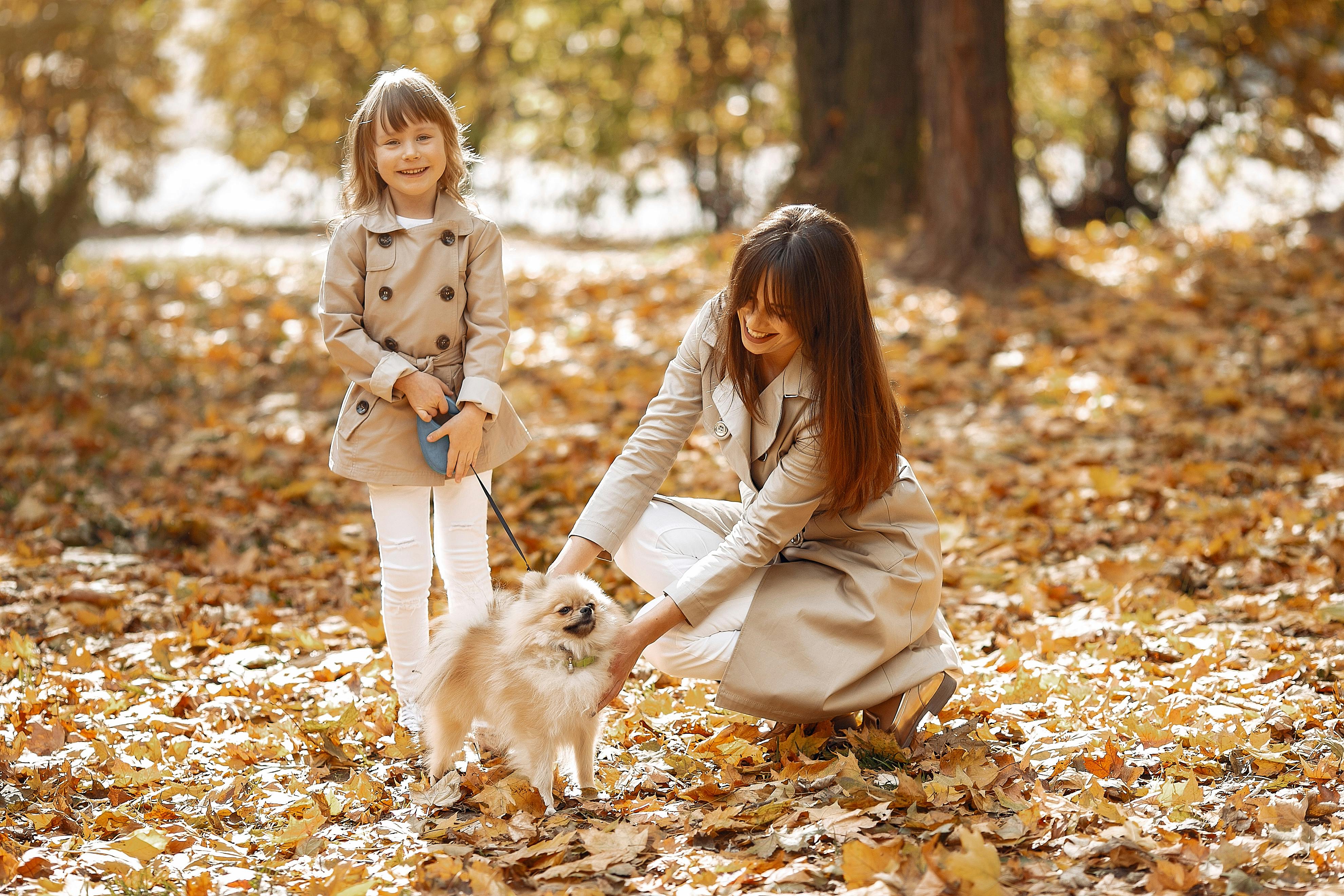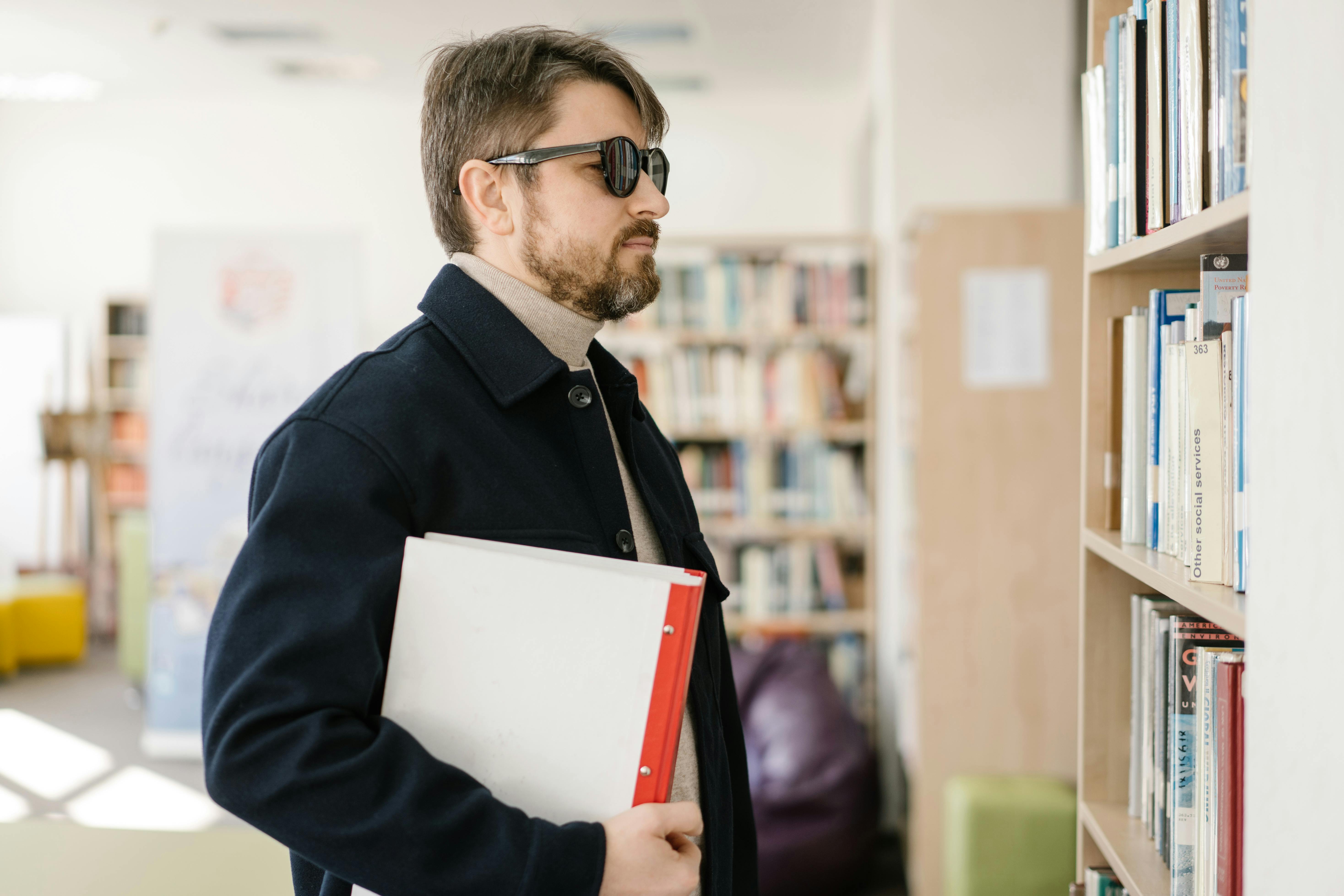Bringing home a new puppy is a fun time for everyone. Kids are thrilled to have such a fun furry friend and parents are excited to have a playmate for the family. Then reality hits. Soon, it becomes clear that puppies and children don’t always mix.
Do not stress. You can help the children and the new pup to become friends, but first you need to learn how the pack is related. Yes, there is now a ‘pack’ in your family.
Leader
In most cases, one parent will become the dominant “leader” of the pack according to your pup. You will be seen as the boss and the pup will look for orders from you. You will use this to your advantage during training and pack positioning.
Brothers
As for children, to your pup they are equals, and the pup may feel that they have some control over their ‘peers’. This means that the puppy will most likely treat them as he would other puppies. In other words, your puppy will treat the children in the family like siblings. He will have little respect, some fighting (biting), some yelling (barking), and probably jealousy when it comes to parental attention.
the competition
Most children will be very excited about the puppies. The pup will see this as a sign of weakness. Just as they will see you as the leader of the pack, they will take this emotion as an indication that the children are below them in rank and treat them as such. Playful behavior is expected, but uncontrolled excited behavior will confuse the puppy. This behavior should be corrected as soon as possible.
chain of command
Your pup needs to learn that he is not in charge of children. They are at the bottom of the chain of command. It could become dangerous if this is not corrected, as the dog will see the children as his property and may try to protect them from other children or people.
The pup may also turn against your child if certain behavior is deemed unacceptable and may try to reprimand the child by nipping or biting. Puppy needs to learn that your children are NOT siblings and that you are in charge of disciplining everyone. This is a good time to tell your children what you expect them to do:
Stand firm: If your child is old enough, teach him to stand firm when it comes to the puppy. If the puppy jumps, he should not back up, crouch or run away. They need to stand tall, turn their backs to show disapproval and protect their body, and show that they truly are in control and in charge.
Never get under or behind the puppy. Lying on the floor with the puppy may sound like fun, but it establishes the belief within the puppy’s realm that they are “above” the child. The same situation occurs when entering the house. Leaders and elders of the ‘pack’ always enter the den first. When it’s time to go inside after playing, it’s the parents, then the child, then the puppy.
Control your emotion: Puppy sees emotion as a sign of weakness. They can sense the emotions of a human being and will immediately react in whatever way they see fit. She must train her son to remain calm and in control. This will make a big difference in her puppies’ behavior towards the child. That doesn’t mean her son can’t play with the puppy. It means that your child must have a calm voice and controlled movements to stay in charge.
Withhold affection: If there is a problem, your child should not show affection to the puppy until the problem is resolved. This is very important as your child needs to show authority and dominance. If your child shows affection too soon, he will again be seen as a sign of weakness and you will have to start over.
Feed the pup last: This is very important and establishes the pecking order within the pack. Usually the top dog eats first and the lower ranks are fed last. If you feed your dog ahead of time or at the same time as the family, he will see it as a sign of status and may start treating other family members accordingly. I know it’s hard to resist feeding a hungry and excitable puppy, but if you’re consistent, he’ll learn.
This will be a good start, but this complicated training principle cannot rest solely on the shoulders of children. Parents need to get involved and show the pup that children are not at the back of the pack. Parents should be on the lookout for this pack behavior and make sure the pup knows what is acceptable and what is not.
Understanding and living the herd mentality can be a lot of work. I’m not kidding you, it is. Raising a puppy takes work, time, and patience. Nobody can deny the value of this training when you have a happy and balanced adult dog who respects you and your children. This is a dog to enjoy!



